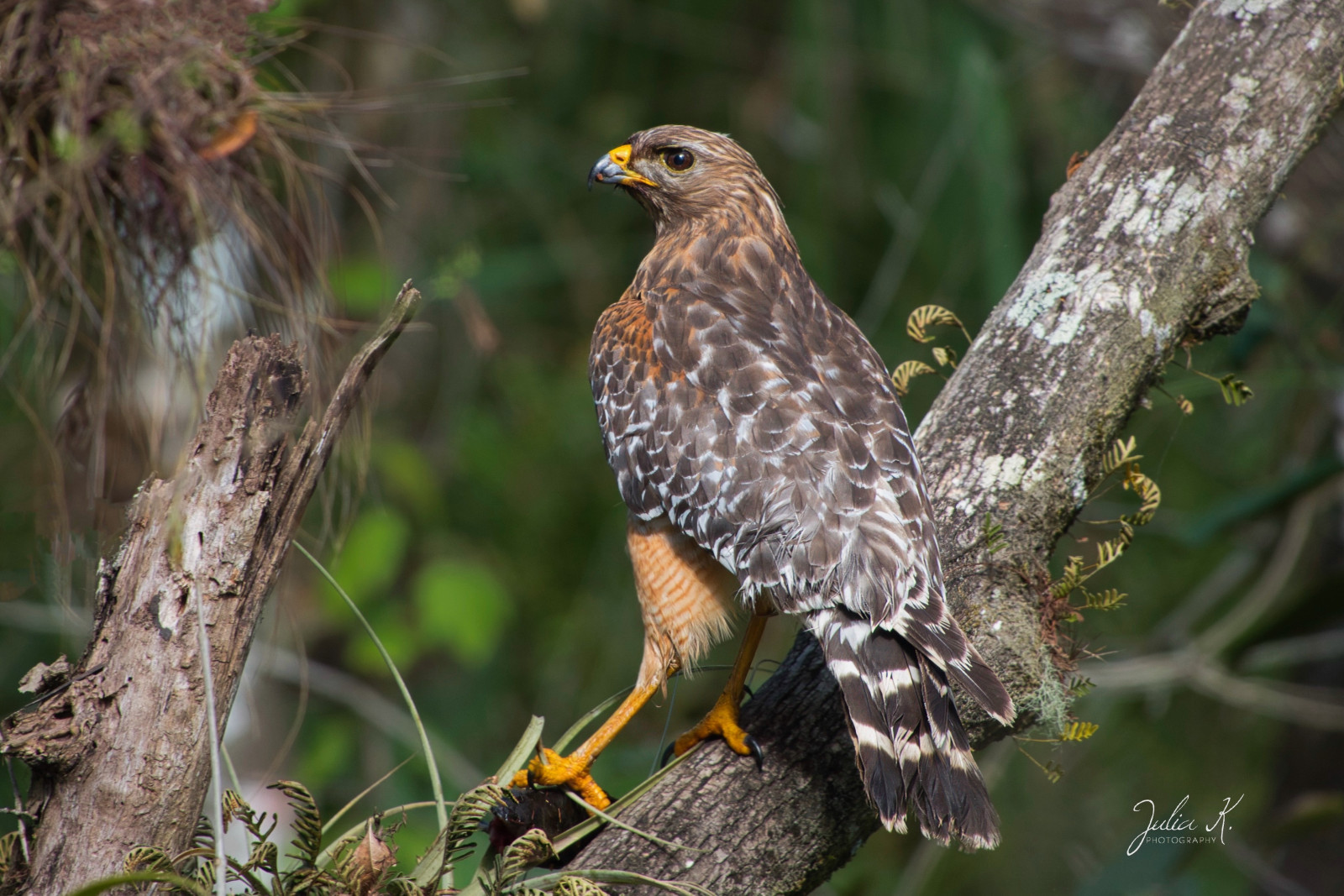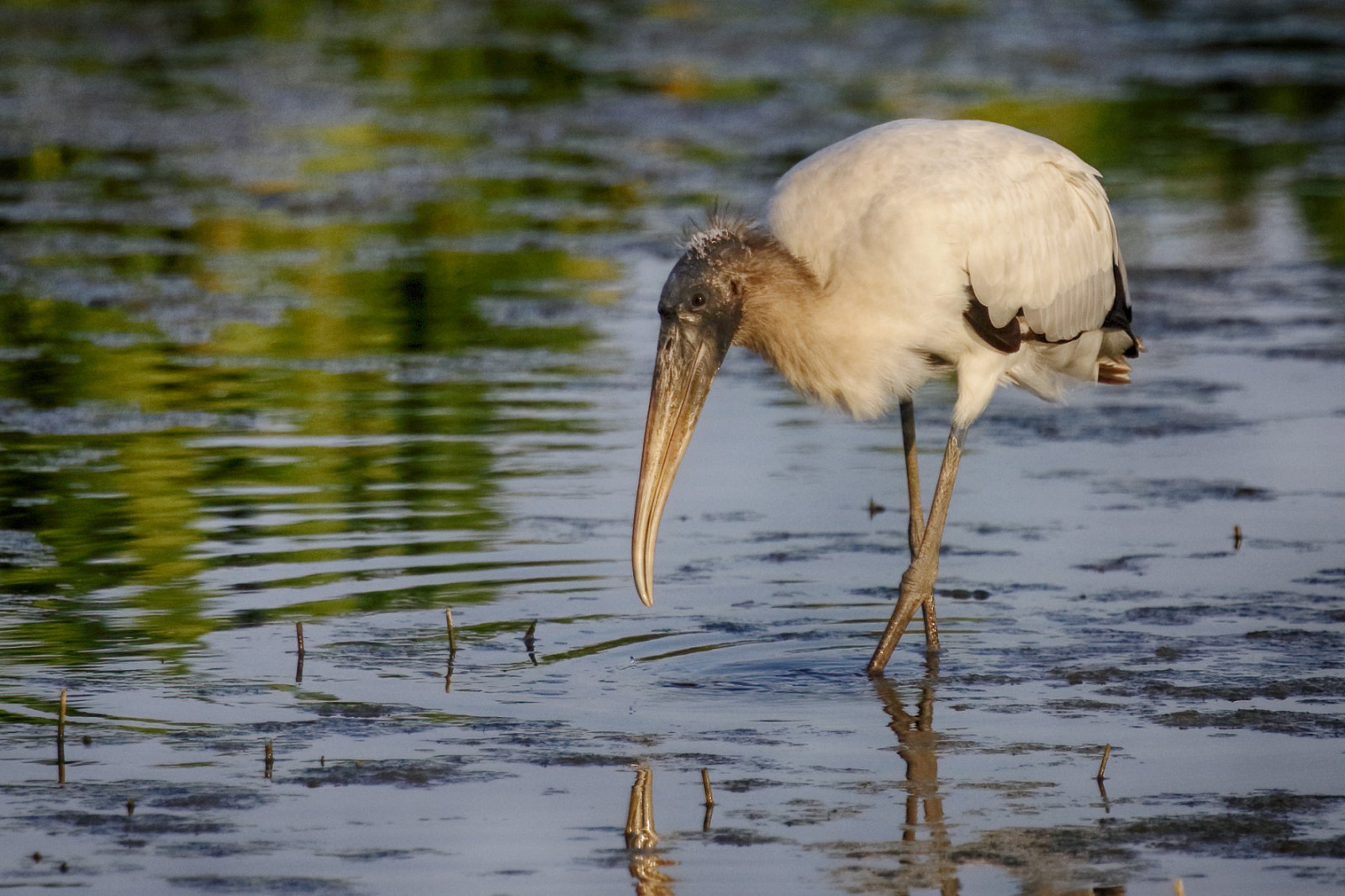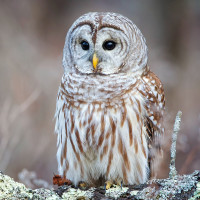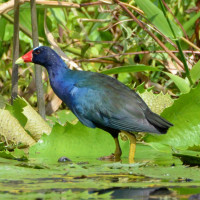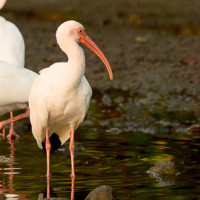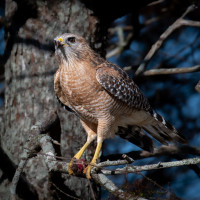Description
Corkscrew Swamp Sanctuary is a National Audubon Society keystone site and encompasses the largest remaining stand of ancient bald cypress on the continent, and that is only a small part of this 13,000 acre sanctuary within the Western Everglades ecosystem. Many birds can be observed here. More than 225 bird species have been recorded. The accessible 2.25 mile (3,6 km) boardwalk makes an easy journey through this rare habitat.
Barred Owls and Red-shouldered Hawks will watch you from low perches as you walk, while Limpkins, White Ibises, egrets and herons pick their way through the shallow swamp waters. Other Florida specialties to look for include Short-tailed Hawk and Purple Gallinule. For those who want to search for the smaller birds, more than 30 species of wood-warbler have been recorded including Yellow-throated, Prairie and Black-throated Green. Painted Buntings are regular visitors during the winter. Woodpeckers, Ovenbirds and Swamp Sparrows are often spotted there as well. A section of the boardwalk is re-routed around a Wood Stork rookery during breeding season.
Corkscrew Swamp Sanctuary is also home to alligators, otters, white-tailed deer, and red-bellied turtles.
Details
Access
Corkscrew Swamp Sanctuary is located about 30 minutes northeast of Naples. Stop inside the Blair Audubon Visitor Center, where you can chat to Corkscrew volunteer naturalists, browse the sightings log, or check out the Gallery Café, Nature Store and Discovery Center. Click on the P in the map for directions (or coordinates) to the parking lot. Daily, 8:00 a.m.-3:00 p.m. (Last entry at 1:00 p.m.) General admission: $17 (2023). Note that you need to make a reservation (see the link to the website below). Walk-ins are possible, however, if tickets are sold out you will not be able to enter.

